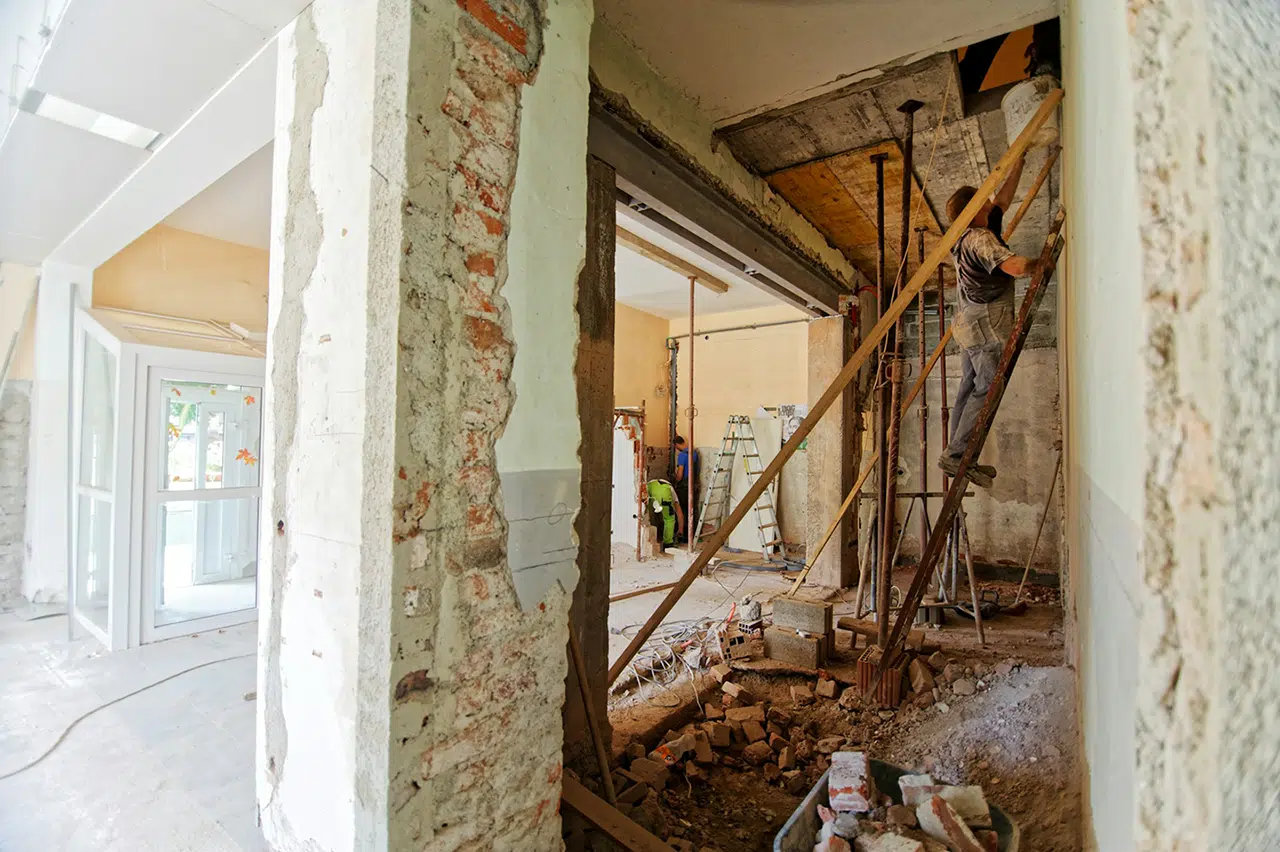- Home
- Practice Areas
- Renovictions
415-504-2165
Call Today
Contact Us
20
Years of Service
$100M
Recovered
99%
Success Rate
1000+
Five-star Reviews
Under California law, landlords have the right to make reasonable improvements and repairs to their rental property. But when construction becomes so disruptive that it deprives tenants of the quiet enjoyment of their home, or renders the unit temporarily or permanently uninhabitable, the law may treat it as a form of constructive eviction. This is often called a renoviction or a constructive eviction by construction. If a tenant is forced to vacate due to excessive construction, noise, loss of utilities, or safety issues, they may be entitled to damages or even the return of possession in rent-controlled jurisdictions.
California courts and statutes recognize that tenants do not lose their basic rights simply because a landlord wants to renovate or remodel. If construction crosses the line from inconvenient to intolerable, a landlord may be liable for breach of the warranty of habitability, breach of the covenant of quiet enjoyment, and constructive eviction.

Landlord construction is not a license to drive tenants out of their homes. The tenant rights attorneys at Tobener Ravenscroft LLP can help you determine whether your rights were violated and take steps to hold your landlord accountable.
Constructive eviction occurs when the landlord substantially interferes with the tenant’s use and enjoyment of the premises and the tenant vacates as a result. In the construction context, this could mean long-term loss of essential services, exposure to harmful substances, unreasonable dust or noise, or loss of safe access to the premises.
To establish constructive eviction, a tenant must show that the landlord’s conduct or omissions significantly impaired their ability to occupy the unit, that they moved out in response, and that the move-out was reasonable under the circumstances. See Stoiber v. Honeychuck, 101 Cal. App. 3d 903 (1980). The landlord does not have to explicitly evict the tenant. Their actions or failure to protect the tenant’s rights during construction can be enough.
Every residential lease in California contains an implied warranty of habitability under California Civil Code section 1941.1. Landlords are required to provide functioning plumbing, heat, electricity, weatherproofing, and maintain a unit that is free from substantial health or safety risks. If construction eliminates these for a significant time and the landlord fails to remedy the issue promptly, the tenant may have the right to vacate and sue for damages.
California Civil Code section 1927 also provides that a tenant has the right to quiet enjoyment of the premises. Unreasonable interference by the landlord, including excessive construction activity, may violate this covenant even if the unit remains technically habitable.
Under Civil Code section 1954, landlords must give tenants written notice before entering the unit and can only enter for lawful reasons, including repairs. However, even authorized work cannot be so disruptive that it forces the tenant out.
There is no bright-line test, but California courts look at the totality of circumstances. Factors that may support a constructive eviction claim based on construction include:
In cities like San Francisco, Oakland, Berkeley, Los Angeles, and Santa Monica, rent control and just-cause ordinances provide additional protections. For example, under the San Francisco Rent Ordinance, a landlord must apply for a permit to perform substantial rehabilitation or capital improvements and cannot force a tenant to move without following strict legal procedures.
If a landlord undertakes major construction without approval or uses construction to harass a tenant into leaving, they may be liable for wrongful eviction under the local ordinance. In some cases, tenants may be entitled to relocation payments or the right to return to their unit at the prior rent level after construction is complete.
Tenants who are constructively evicted by construction may pursue claims for:
Tenants facing disruptive or dangerous construction should document everything. This includes taking photos and videos, saving notices from the landlord, keeping communication in writing, and reporting violations to building or health departments. If safe to do so, tenants should remain in the unit and seek legal advice before deciding to move. In many cases, an attorney can help enforce the tenant’s right to repairs or obtain compensation without requiring the tenant to vacate.
recovered on behalf of a San Francisco family constructively evicted after enduring years of rodents, broken appliances, water damage, and construction noise.
recovered on behalf of a family of three who endured water intrusions, low water pressure, contaminated water from rusty pipes, hazardous stairs, and no smoke or carbon monoxide detector for seventeen years. After county code enforcement issued a citation, the landlord falsely claimed the unit had to be demolished and evicted the family. Instead of demolishing it, the landlord re-rented the unit at a higher rate without offering it back, in violation of tenant protections.
recovered on behalf of a Los Angeles family served with an illegal eviction notice after requesting repairs for water leaks. The unit was later remodeled and re-rented.
Landlord construction is not a license to drive tenants out of their homes. When repairs or remodeling cross the line into substantial interference, California tenants have strong legal protections. If you were forced to leave due to excessive construction, unsafe conditions, or the loss of essential services, you may have a claim for constructive eviction. The tenant rights attorneys at Tobener Ravenscroft LLP can help you determine whether your rights were violated and take steps to hold your landlord accountable. Call today to schedule a consultation and protect your rights under California law.